Owning a travel trailer opens up a world of convenience and adventure. However, to make the most of your travel experience, understanding how to hook up an external propane tank is crucial. This process can seem daunting at first, but with the right guidance, you can ensure safe and efficient use of propane on your journeys. In this article, we’ll dive into the details of hooking up an external propane tank, accommodating both newbies and seasoned RVers who might need a refresher.
Why Consider Using an External Propane Tank?
Advantages of External Propane Tanks
- Extended Travel Time: An external tank allows for longer trips without the worry of running out of propane.
- Cost-Effective: Bulk filling external tanks can be cheaper than refilling smaller canisters.
- Convenience: Easily replaceable when empty, ensuring continuous operation of essential appliances.
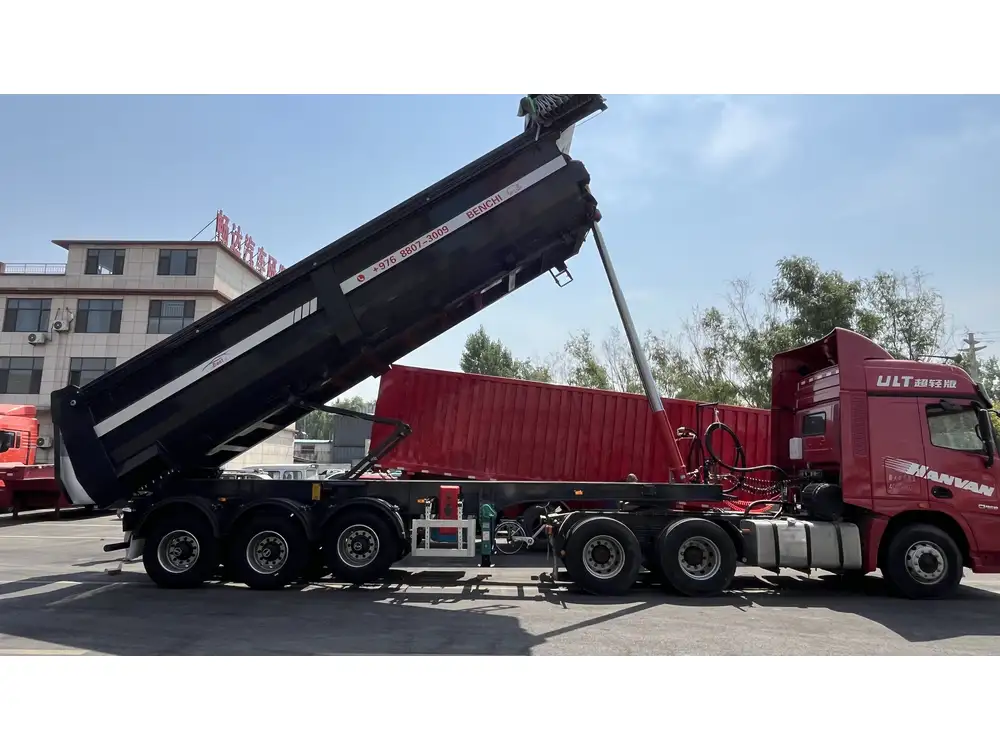
Understanding Your Propane System
Before connecting an external propane tank, it’s essential to understand the components of your travel trailer’s propane system:
| Component | Function |
|---|---|
| Propane Regulator | Controls the flow of propane from the tank to appliances. |
| Hoses | Carry propane from the tank to the appliances. |
| Pigtails | Connect the tank to the regulator; often a flexible hose. |
Safety Precautions
Prior to any connections, prioritize safety:
- Check for Leaks: Ensure that all connections are tight and leak-free. Use soapy water to inspect for bubbles around fittings; bubbles indicate a leak.
- Location: Always operate your propane tanks in well-ventilated areas to prevent buildup of gases.
- Regulatory Compliance: Check local laws and guidelines regarding propane use in travel trailers.
Step-by-Step Guide to Hooking Up an External Propane Tank
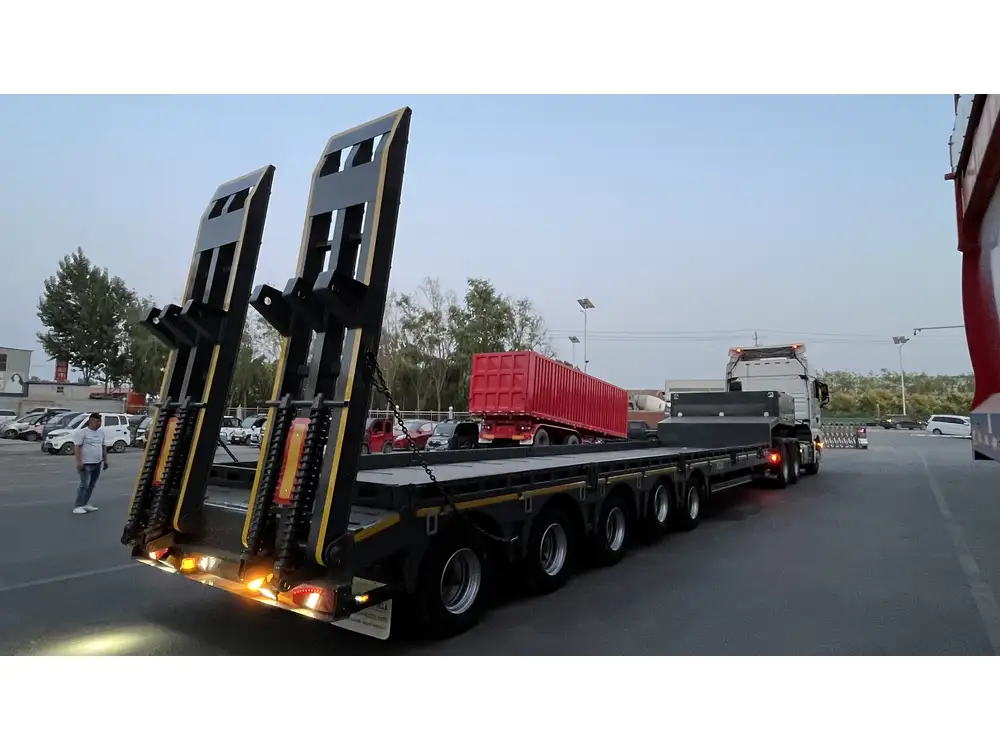
Tools and Materials Needed
- External propane tank (appropriate size)
- Propane tank adapter hose (specifically designed for your trailer and tank type)
- Adjustable wrench
- Teflon tape (for sealing threads, if necessary)
- Soapy water solution (for leak testing)
Step 1: Prepare Your Travel Trailer
Identify the Connection Point: Locate where the external propane source can be connected to your travel trailer. This is typically at the front near the main propane regulator.
Disconnect the Existing Tank (if applicable):
- Turn off the valve on the propane tank.
- Carefully disconnect the regulator from your travel trailer’s existing tank.
Step 2: Connect the Adapter Hose
Attach the Adapter Hose to the External Tank:
- Ensure the valve on the propane tank is closed.
- Takes the adapter hose and connect one end to the external propane tank’s outlet. Make sure it’s snug—don’t overtighten it.
Connect the Other End to the Trailer:
- Attach the opposite end of the adapter hose to your trailer’s propane inlet. Again, avoid overtightening but ensure it’s secure.

Step 3: Open the Valves
Open the External Tank Valve:
- Slowly open the valve on your external propane tank. Listen for any hissing sounds that may indicate a leak.
Purge Air from the System:
- Turn on an appliance that uses propane (like a stove) for a few seconds to allow propane to flow through and purge any air from the lines.
Step 4: Test for Leaks
- Spray Soapy Water:
- Using the soapy water solution, spray all connections and joints. Look for bubbles forming as an indication of gas escaping.
- If you detect any leaks, turn off the propane and re-tighten the fittings or replace faulty hoses.
Step 5: Final Setup
Turn on the Appliances:
- After confirming there are no leaks, turn on your propane-fueled appliances to ensure they are functioning correctly.
Monitor the System:
- Regularly check connections throughout your travels to prevent issues.
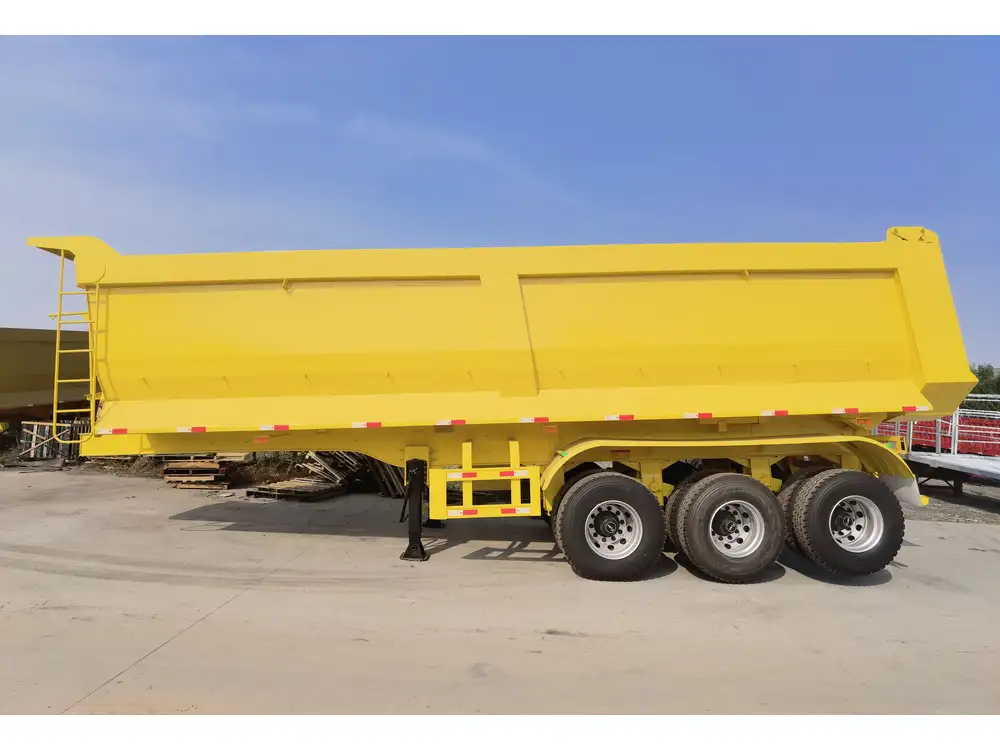
Troubleshooting Common Issues
Inconsistent Flame
Symptoms: The flame on your propane appliance flickers or goes out.
Possible Causes:
- Insufficient propane: Check the level in your external tank.
- Air in the lines: Purge the system again.
Odor of Gas
Symptoms: A strong smell similar to rotten eggs is present.
Possible Causes:
- Leak: Immediately turn off the propane valve and investigate connections.
- Faulty Equipment: If the issue persists, consult a professional.
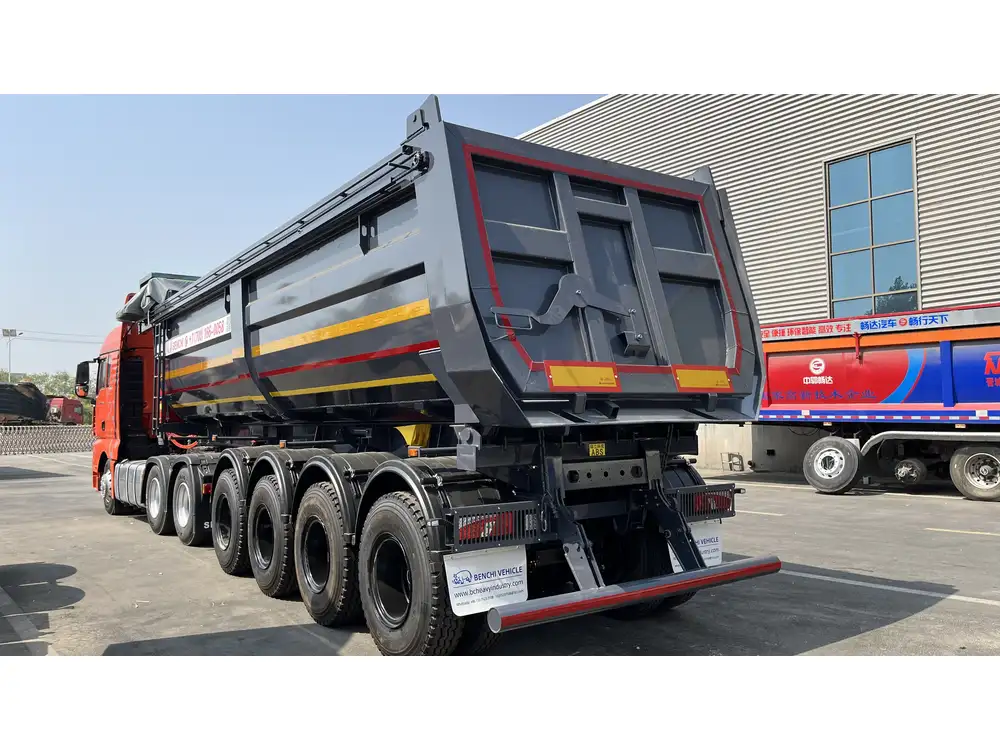
Appliance Not Lighting
Symptoms: Propane appliance fails to ignite.
Possible Causes:
- Valve Closed: Ensure that both the external tank and appliance valves are opened.
- Empty Tank: Check the propane tank level.
- Dirt or Clogs: Clean the burner of the appliance.
Maintenance Tips for External Propane Systems
To ensure the longevity and safety of your propane system:
- Inspect Regularly: Examine hoses and fittings for wear or corrosion.
- Store Properly: If not in use, store tanks upright and in a cool, dry location.
- Get Professional Help: Schedule regular checkups with certified technicians to ensure the system is operating safely.
When to Seek Professional Assistance
While many aspects of using an external propane tank can be handled personally, certain situations warrant professional intervention:
- Leak Detection: If you are unable to locate a leak, never hesitate to contact a technician.
- Regulator Issues: Complicated failures in the regulator should be examined by an expert.
- Installation of New Systems: When upgrading or adding to your propane system, it’s beneficial to have a professional install.
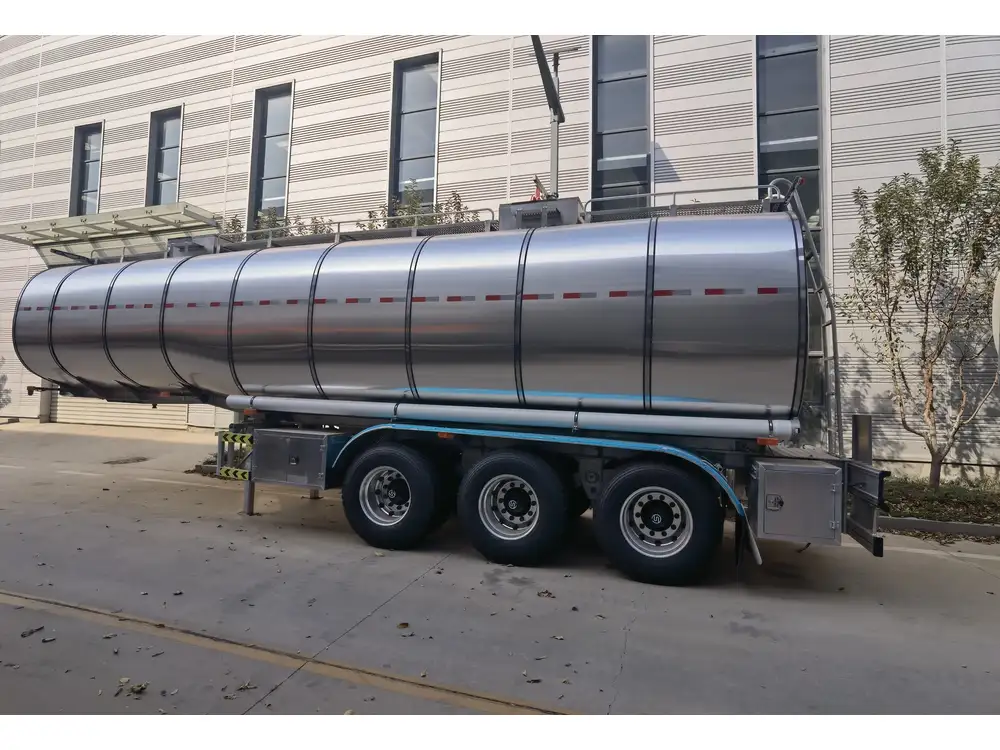
Conclusion
Learning how to hook up an external propane tank to a travel trailer is a valuable skill that enhances your RVing experience. By following these detailed instructions, you can ensure a safe and enjoyable journey. Whether you’re setting off for a weekend getaway or embarking on a cross-country road trip, knowing how to manage your propane supply effectively is essential to enjoying all the conveniences your travel trailer offers.
Remember: Always prioritize safety, regularly maintain your equipment, and enjoy the freedom that your travel trailer provides. With these tips and techniques in hand, you can confidently hit the road, knowing that your propane needs are taken care of effectively.



